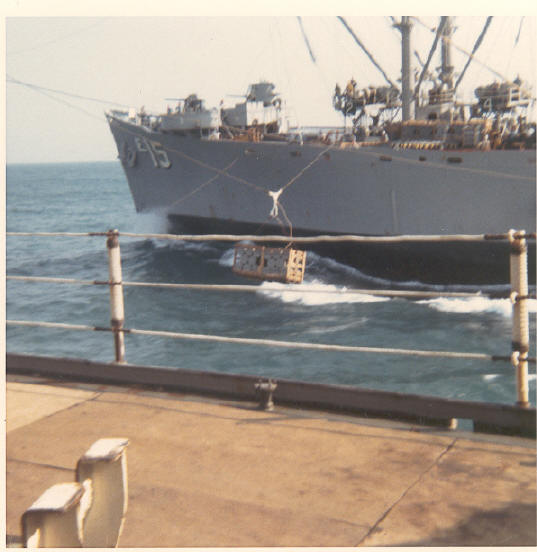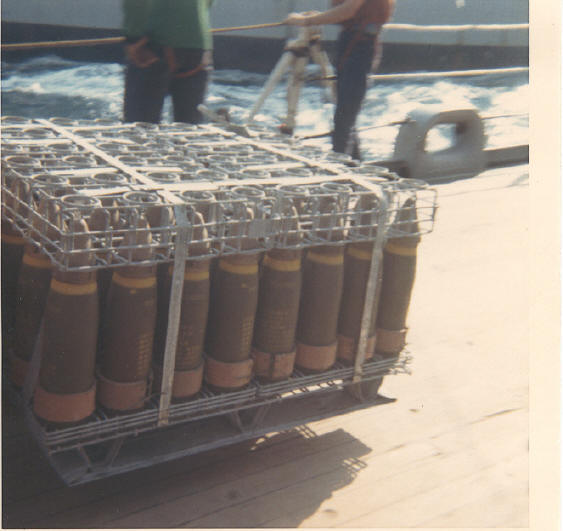taper roller bearing manufacture by FAG bearing or SKF bearing or any any factory with standard dimensions from China thank you TIMKEN轴承
taper roller bearing manufacture by FAG bearing or SKF bearing or any any factory with standard dimensions from China thank you TIMKEN轴承
taper roller bearing manufacture by FAG bearing or SKF bearing or any any factory with standard dimensions from China thank you TIMKEN轴承
taper roller bearing manufacture by FAG bearing or SKF bearing or any any factory with standard dimensions from China thank you TIMKEN轴承
taper roller bearing manufacture by FAG bearing or SKF bearing or any any factory with standard dimensions from China thank you TIMKEN轴承
taper roller bearing manufacture by FAG bearing or SKF bearing or any any factory with standard dimensions from China thank you TIMKEN轴承
taper roller bearing manufacture by FAG bearing or SKF bearing or any any factory with standard dimensions from China thank you TIMKEN轴承
taper roller bearing manufacture by FAG bearing or SKF bearing or any any factory with standard dimensions from China thank you TIMKEN轴承
taper roller bearing manufacture by FAG bearing or SKF bearing or any any factory with standard dimensions from China thank you TIMKEN轴承
taper roller bearing manufacture by FAG bearing or SKF bearing or any any factory with standard dimensions from China thank you TIMKEN轴承
taper roller bearing manufacture by FAG bearing or SKF bearing or any any factory with standard dimensions from China thank you TIMKEN轴承
taper roller bearing manufacture by FAG bearing or SKF bearing or any any factory with standard dimensions from China thank you TIMKEN轴承
taper roller bearing manufacture by FAG bearing or SKF bearing or any any factory with standard dimensions from China thank you TIMKEN轴承
taper roller bearing manufacture by FAG bearing or SKF bearing or any any factory with standard dimensions from China thank you TIMKEN轴承
taper roller bearing manufacture by FAG bearing or SKF bearing or any any factory with standard dimensions from China thank you TIMKEN轴承
taper roller bearing manufacture by FAG bearing or SKF bearing or any any factory with standard dimensions from China thank you TIMKEN轴承
taper roller bearing manufacture by FAG bearing or SKF bearing or any any factory with standard dimensions from China thank you TIMKEN轴承
taper roller bearing manufacture by FAG bearing or SKF bearing or any any factory with standard dimensions from China thank you TIMKEN轴承
taper roller bearing manufacture by FAG bearing or SKF bearing or any any factory with standard dimensions from China thank you TIMKEN轴承
taper roller bearing manufacture by FAG bearing or SKF bearing or any any factory with standard dimensions from China thank you TIMKEN轴承





